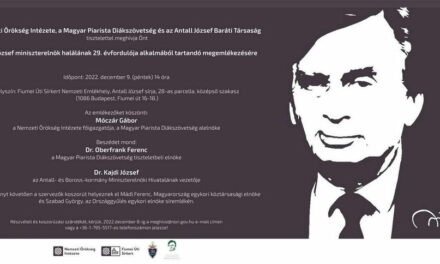According to the announcement, the results of research conducted with the cooperation of Fukushima Medical University, Osaka City University, Hokkaido University, and New York University in addition to SZTE were published in the journal Neuron.
In recent years, researchers have discovered that
for effective communication between brain regions, groups of neurons must coordinate their activity patterns in repeated cycles, during which they follow common silence and then common activity.
During one of these rhythms, called gamma oscillations, periods of coordinated silence and activity repeat about thirty times or more per second. The gamma rhythm is an important timing pattern for encoding complex information, possibly including emotions.
Although the causes of depression remain poorly understood, according to previous studies
changes in gamma oscillation in the brain regions responsible for smelling and at the same time encoding emotions can be considered an electrical biomarker of the disease.
These regions include the supranasal olfactory tubercle, which is thought to be the source and “conductor” of brain-wide gamma oscillations.
To test the theory, the researchers used genetic and cell signaling techniques to shut down the activity of neurons in the olfactory bulb, which led to depression-like behaviors in experimental rodents. The researchers were able to reverse these symptoms with a device that strengthened the brain's gamma rhythms while maintaining their natural rhythm.
Antal Berényi conceived that this highlights the potential of gamma enhancement as a possible therapeutic approach against depression and anxiety in cases where the available drugs are ineffective.
The staff of Neunos Zrt., a Szeged medtech startup led by Antal Berényi, have already started the development of a non-invasive stimulation device in the hope that in the near future they will be able to start a clinical trial to prove the principle, which will be an important step in the direction of therapeutic application.
The basis of the device's operation will be the same stimulation method that was developed for the therapy of epilepsy, and it is capable of exerting an effect on the brain with sufficient intensity without opening the skull bone, even in a non-invasive way. This method was developed by Antal Berényi and the world-renowned Brain Prize-winning neuroscientist György Buzsáki in 2016, which has since been granted patent protection in many countries.
MTI
Cover image: Pixabay













